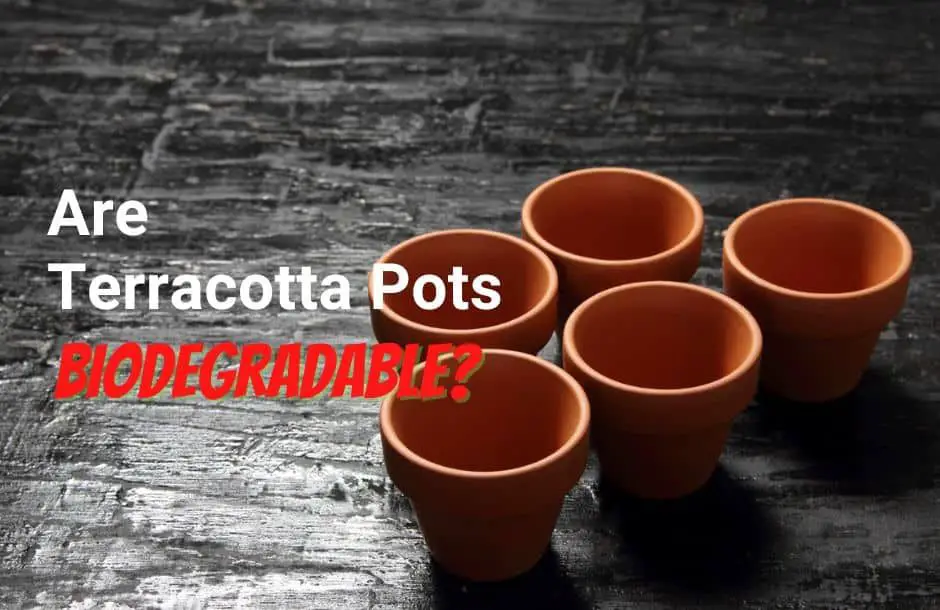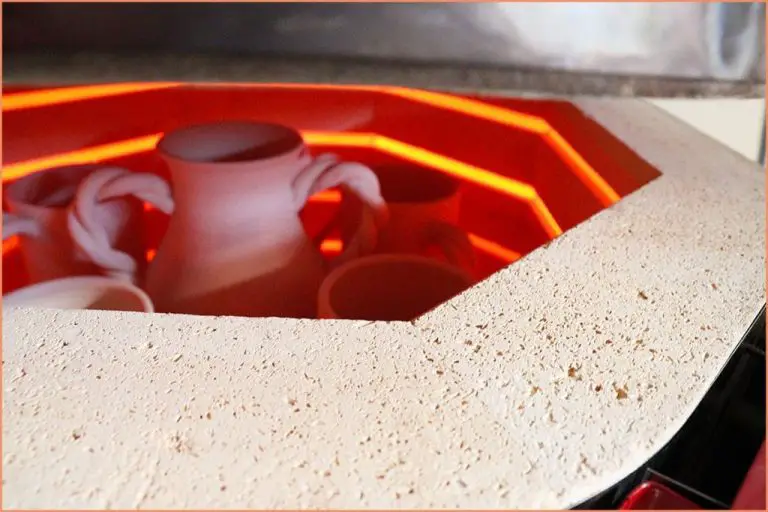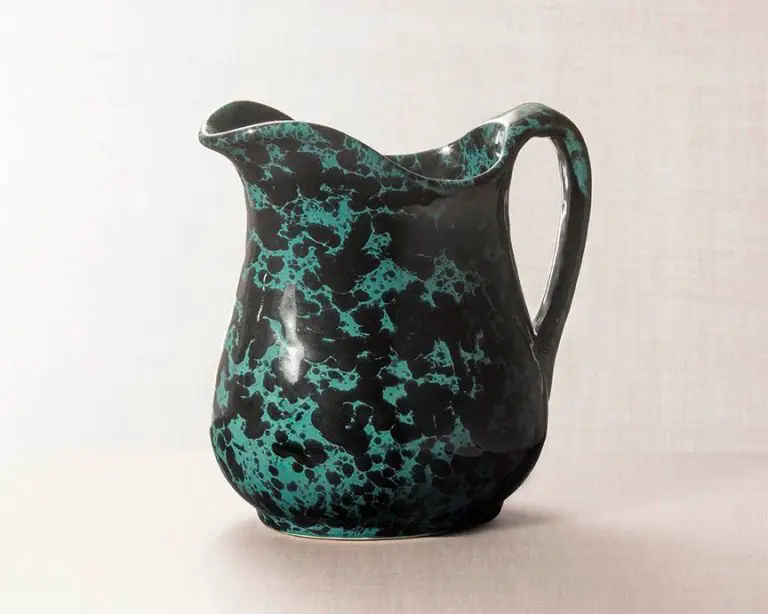Can You Put Water And Flowers In A Clay Vase?
Clay vases have been used for thousands of years to hold water and display flowers. In fact, clay vases were one of the first man-made vessels, dating back to ancient Mesopotamia in 3500 BCE. Their timeless, natural beauty makes clay vases a popular decorative item across many cultures and styles.
But what makes clay vases so enduring? And what considerations should you keep in mind when putting flowers and water in a clay vase?
In this article, we’ll explore the benefits of clay vases, best practices for using them, and creative ways to decorate with them.
What is a Clay Vase?
A clay vase is a vessel made from clay that is commonly used to hold and display cut flowers or other decorative items. Clay vases date back thousands of years and originate from ancient cultures like those in China, Greece, and Rome. Today, clay vases are still handcrafted from natural clay using techniques like throwing on a pottery wheel, press moulding, or coil building.
Clay vases are formed into many shapes, sizes, and decorative styles. The clay body can be left natural or painted with glazes and finishes. Clay vases may have simple, clean lines or more ornate shapes with impressed designs. The fired clay material makes them durable and water-resistant. Clay vases are porous so they absorb water, helping cut flowers stay hydrated and last longer than in a glass vase. The natural clay also provides insulation to keep the water cooler.
Benefits of Clay Vases

Clay vases offer several benefits that make them a popular choice for displaying flowers and plants. One of the main benefits is that clay is a natural material that is biodegradable. Unlike plastic or glass vases, clay vases will break down naturally over time without harming the environment. This makes clay a sustainable and eco-friendly option.
The biodegradable quality of a clay vase means it can be composted at the end of its lifespan. Rather than ending up in a landfill, a used clay vase can break down into healthy soil. This closes the loop and creates less waste. Many environmentally-conscious people appreciate clay vases for this reason.
Considerations for Clay Vases
When using clay vases, there are a few important considerations to keep in mind:
Porous: Clay is a porous material, which means it can absorb liquids. This allows clay vases to “breathe” but it also means they can soak up water from flower arrangements and develop discoloration or stains over time.
Can Stain: The porosity of clay makes it prone to staining. Leaving water sitting in a clay vase can cause water stains or calcium buildup. Flower pigments, leaves, and stems can also stain the interior surface. Using a liner can help protect the clay.
Fragile: Clay vases are handcrafted and fragile. They can chip, crack, or break if handled roughly or bumped into hard surfaces. Care should be taken when moving or cleaning clay vases to prevent damage.
Putting Flowers in a Clay Vase
When selecting flowers for a clay vase, it’s best to choose varieties that are less likely to stain or damage the clay. Some good options include:
- Roses – Roses come in a wide variety of colors and typically have sturdy, thornless stems that won’t scratch clay vases.
- Sunflowers – The stems and petals of sunflowers are thick and strong, making them a great pick for clay vases.
- Lilies – Both Asiatic and Oriental lilies have thick, sturdy stems that do well in clay. Their large blossoms also make a statement.
- Alstroemeria – Sometimes called Peruvian Lilies, these have thin stems but sturdy blooms that work nicely in clay vases.
- Dahlias – From mini to giant, dahlias have strong stems and full, vibrant flowers perfect for clay vases.
Flowers to avoid include more delicate varieties like tulips, orchids, and bleeding hearts. Their slender stems and petals can easily bruise, stain, and scratch the clay. It’s also best to avoid heavily pollenated flowers like lilies and lavender, as the pollen can also stain the clay over time.
Before placing your flowers, make sure to trim any thorns or leaves that will sit below the water line. Leaves in the water will rot quickly and can leave unsightly stains. It’s also a good idea to change the water every 2-3 days to keep the vase clean and prevent staining.
Adding Water to a Clay Vase
When adding water to a clay vase containing flowers, it’s important not to overfill the vase. Clay is porous, so excessive water can be absorbed into the material, making the vase very heavy. Too much water weight can cause a vase to crack or even break.
As a general rule, fill the vase no more than halfway with water. This provides enough to keep flowers hydrated without oversaturating the clay. Check the water level daily and add more as needed, pouring slowly and stopping when the water is about halfway up the sides of the vase.
Another tip is to put a layer of pebbles, marbles, or glass beads at the bottom of the vase before inserting flowers. This creates a reservoir for water at the base separate from the main chamber holding the blooms. The pebbles help disperse the water and prevent direct contact between the stems and the clay.
When refilling the vase, pour water directly onto the pebbles, not the clay sides. The pebbles will catch and hold the water while protecting the clay from excess moisture absorption and cracking. Just a thin layer of pebbles is sufficient to create this helpful barrier.
By following these simple guidelines when adding water to a clay vase, you can safely enjoy beautiful floral arrangements without damaging the container.
Caring for Clay Vases
Clay vases require some special care to keep them looking their best. Here are some tips for cleaning, storing, and preventing cracks in clay vases:
Cleaning Clay Vases
For regular dusting, use a soft dry cloth to gently wipe clay vase surfaces. For more thorough cleaning, use a mild soap and warm water solution with a soft cloth. Avoid abrasive cleaners or scrubbing pads which can damage the clay surface. Be sure to completely dry the vase after washing.
Storing Clay Vases
When not in use, store clay vases in a secure location where they won’t get knocked over or damaged. Avoid placing in damp areas which could lead to discoloration or growth of mold. Wrap vases in soft cloth or bubble wrap to prevent scratches during storage. Shelve smaller vases in a protected display cabinet.
Preventing Cracks
Handle clay vases carefully by the base and avoid dropping. Allow vases to air dry fully before refilling to prevent moisture related cracks. Keep clay vases away from direct sunlight or heating sources which can cause drying and cracks. Consider using plastic liners or glass vase inserts to protect the clay from water exposure over time.
Clay Vase Designs
Clay vases come in a wide variety of shapes, sizes, and designs to suit any decorative need. Some popular clay vase styles include:
-
Cylindrical – These tall, thin vases work well for displaying branches or single stem flowers. They showcase the flowers beautifully.
-
spherical – Round, ball-shaped vases provide a unique look and often have small openings to hold just one or two blooms.
-
Fluted – Fluted vases have grooved or wavy vertical lines along the exterior for an elegant, classical look.
-
Pedestal – Pedestal vases sit up on a base or foot, raising the flowers higher for prominence.
-
Bowl – Wide, shallow bowl vases allow flowers to spread out horizontally.
-
Bud – Bud vases are very diminutive in size, meant for displaying just one or two flower stems.
Clay vases can range from basic, smooth surfaces to intricate patterns, textures, colors, and layered glazes. Handcrafted clay vases often showcase unique artisanal designs. The choices are limitless for finding just the right look.
Decorating with Clay Vases
Clay vases can be a beautiful decorative element in any room. Here are some tips for stylishly decorating with clay vases:
Display clay vases on shelves, mantles, side tables, or anywhere you want to add a pop of color. Group vases together for a collection or stagger them at different heights for interest. Clay vases look great on their own but you can also nestle potted plants inside. Place taller vases on the floor near furniture.
Choose complementary decor pieces like trays, candles, bowls, or artwork in similar neutral earth tones. Natural materials like wood, stone, ceramic, terra cotta, linen, and wicker make great companions for clay vases. Incorporate touches of greenery like wreaths, potted plants, or floral bouquets to really make the vases pop.
Use clay vases in entryways to hold fresh or dried flowers. The earthy vases make a nice first impression and bring nature indoors. Clay vases also work well as centerpieces on dining or coffee tables. Fill them with colorful blooms or interesting botanicals for fresh yet casual style.
Experiment with different shapes and styles of clay vases for variety. Play with heights, symmetry, or asymmetric arrangements. Keep decor cohesive by displaying vases with a similar color palette or glaze. Allow your individual style and creativity to shine through in the way you decorate with beautiful, earthy clay vases.
Conclusion
In summary, clay vases can make beautiful, durable, and decorative holders for fresh flower arrangements. When used properly by following a few key guidelines, clay vases and fresh flowers can live in happy harmony.
The porous nature of clay means water will evaporate from the vase more quickly than other non-porous materials like glass or plastic. This means fresh water needs to be added to clay vases frequently, at least every couple of days, to keep the flowers hydrated. Take care not to overfill clay vases as excess water can lead to damage over time.
To allow for drainage and air circulation, always add pebbles, marbles or gravel to the bottom of the vase before inserting flowers. Trim stems and remove excess foliage to prevent bacterial growth in the water. Consider using flower food or additives to prolong the life of the blooms.
With the right care and maintenance, clay vases make an attractive and reliable home for fresh cut flowers. Their natural look beautifully complements floral arrangements. Just be mindful of the clay’s porous nature and the flowers’ need for fresh water to achieve the perfect pairing.


